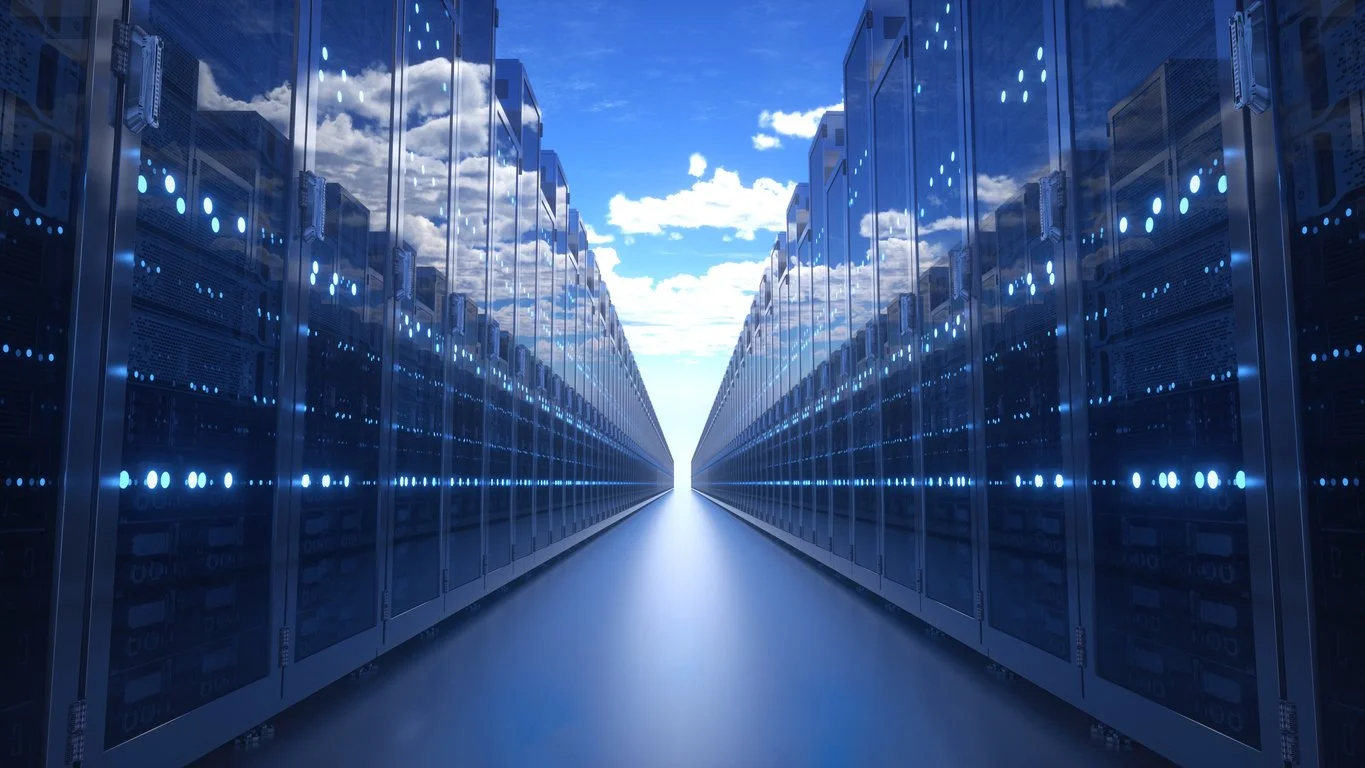On average, a medium sized data center uses 110 million gallons a year of freshwater primarily for cooling. A large data center can use 1.8 billion gallons a year (roughly the same amount of water of a city with a population of 40,000-50,000). As of 2021, the US was estimated to have 5,400 data centers in operation. And 2021 was before the widespread roll out of artificial intelligence.
AI exponentially accelerates water use. AI functions as a guessing game with computers running computations and searches (up to 300 quintillion computerized guesses and searches every second). That consumes vast amounts of freshwater to cool the computers as well as to generate the electricity required to power the computers. On average two gallons of freshwater is consumed to generate one kWH of electricity. With a single data center using up to 2,400 megawatts per day, water consumption is staggering just for the energy, setting aside the massive quantity of water needed for cooling.
In a 2022 Sustainability Report prepared by Microsoft, it projected its own water consumption would increase 34% in the next fiscal year (2021-2022). Google, META, and others are similarly projecting dramatic increases in water demands, while pledging efforts to achieve carbon and water neutrality. How they intend to meet water neutrality has yet to be explained.
While I have written on the abject wastefulness of water usage by cryptocurrencies, where no societal or national benefit is achieved, no one doubts that AI has positive applications (as well as negatives…we’ve all seen Terminator). The genie cannot be put back in the bottle. Society is not going to wean itself from social media, data centers, and AI.
Solutions for Water Resilience exist, but they require a coherent and concurrent application of technology, education, and policy.
Two-thirds of all new data centers built in or under development in 2022 were in areas of the United States suffering extreme water stress. Over 150 data centers have been built in Arizona alone despite Arizona being one of the most water deficient stressed environments in the country. Texas and California, two states with their own water stressors, compete with Arizona with tax incentives to lure data center construction. Why? It isn’t job growth. After initial construction, 90% of the workforce disappears. Data centers are largely empty of man.
In areas where water for municipal consumption and growth is constrained, does it really make sense to lure data centers? It’s akin to growing rice and cotton in the desert (which these states weaned off of relatively few years ago). Siting data centers in areas with abundant freshwater is good policy.
There are new technologies of direct to chip and immersive cooling on the horizon, but when less than a third of all data centers even monitor their own water consumption, direction (policy) is needed.
And there is the elephant in the room: the condition of our nation’s antiquated electrical grid. Upgrading the grid to accommodate these centers places what many argue to be unfair rate increases on consumers. Typical public utility rate settings spread costs amongst all users. But is that fair when a new user arrives on the block who requires massive new infrastructure and generating plants?
Education, guidance, and regulation are not negative terms. I’d argue they are essential if we are to address water scarcity and our economic future.

